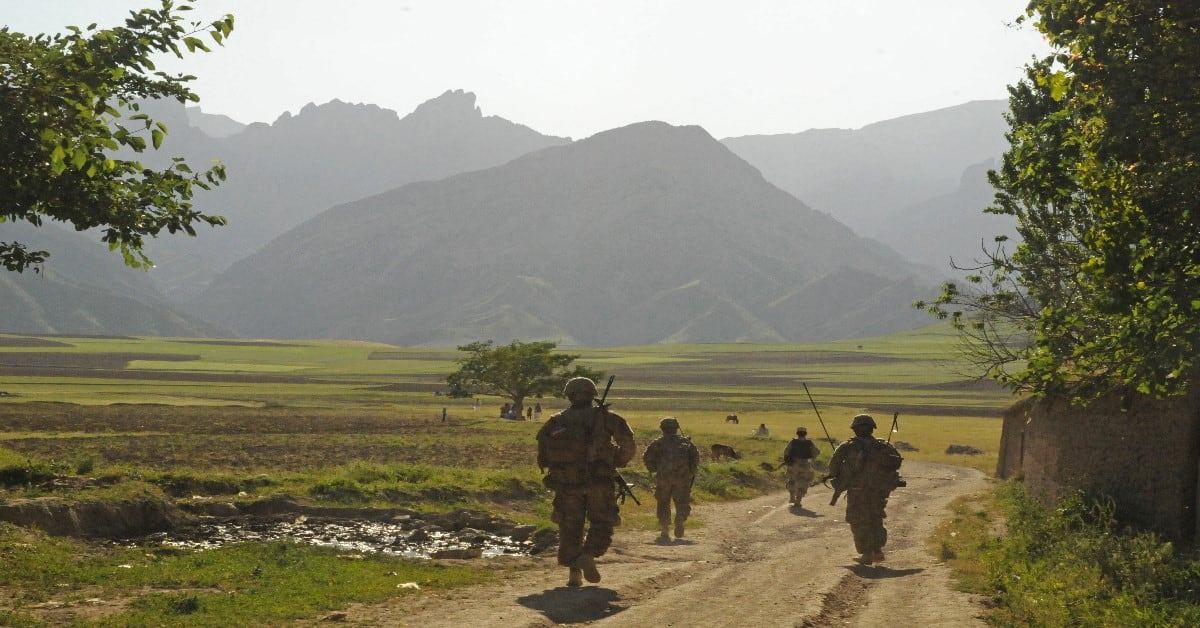Service members wounded in combat will be exempt from the Defense Department’s new policy to be deployable in 12 months or face separation from the military, the Pentagon announced this week.
The policy tweak came after criticism that DoD was going to remove personnel who were only in non-deployable status because of their combat injuries, when the overall goal of the program was to target the thousands of military personnel who for fitness, health or other administrative reasons have not been deployable. The initiative is part of Defense Secretary Jim Mattis' effort to improve the lethality and readiness of the services.
“Service members whose injuries were the result of hostile action, meet the criteria for awarding of the Purple Heart, and whose injuries were not the result of their own misconduct” are approved for retention, DoD said in its July 30 policy.
RELATED

The policy also allows the service secretaries to identify individuals that they wish to exempt from the 12-month deployability requirement, “if determined to be in the best interest of the military service.”
The exemptions, as outlined in the policy, are:
1. Combat wounded. “These are service members whose injuries were the result of hostile action, meet the criteria for awarding of the Purple Heart, and whose injuries were not the result of their own misconduct.” The policy goes on to say that “disapproval of retention for non-deployable combat wounded service members, who wish to be retained and whose reason for non-deployability is a direct result of their combat wounds, may not be delegated.”
2. Pregnant and post-partum service members. Females are exempt for pregnancy-related health conditions during pregnancy through the post-partum period. Under the policy, pregnancy is considered a temporary non-deployable status, and the duration of that status after childbirth is left to the individual service secretaries.
3. Case-by-case exemptions. The service secretaries may grant exemptions on a case-by-case basis if the service member is filling in a specific position critical to the service.
4. Soon-to-retire. The service secretaries may grant exemptions for active duty service members who are three years away from regular retirement, or reserve component personnel who have accumulated 17 years of reserve service.
DoD said in February that about 11 percent, or 235,000, of the 2.1 million personnel serving on active duty, in the reserves or National Guard were non-deployable.
Of that total, about 99,000 were non-deployable for administrative reasons, such as not having all their immunizations or their required dental exams. About 20,000 were not deployable due to pregnancy, and 116,000 were not deployable due to either short- or long-term injuries, DoD said.
The numbers since DoD announced the new policy have improved, said Pentagon spokesman Air Force Maj. Carla Gleason.
Approximately 6.8% percent, or 143,000 of the total force-active duty, National Guard, and Reserve-were non-deployable as of May 31, 2018. This includes temporary as well as permanent non-deployable service members. The reasons vary, but they are predominantly medical, Gleason said.
Service members who are not exempted will be processed for administrative separation, DoD said.
Tara Copp is a Pentagon correspondent for the Associated Press. She was previously Pentagon bureau chief for Sightline Media Group.



